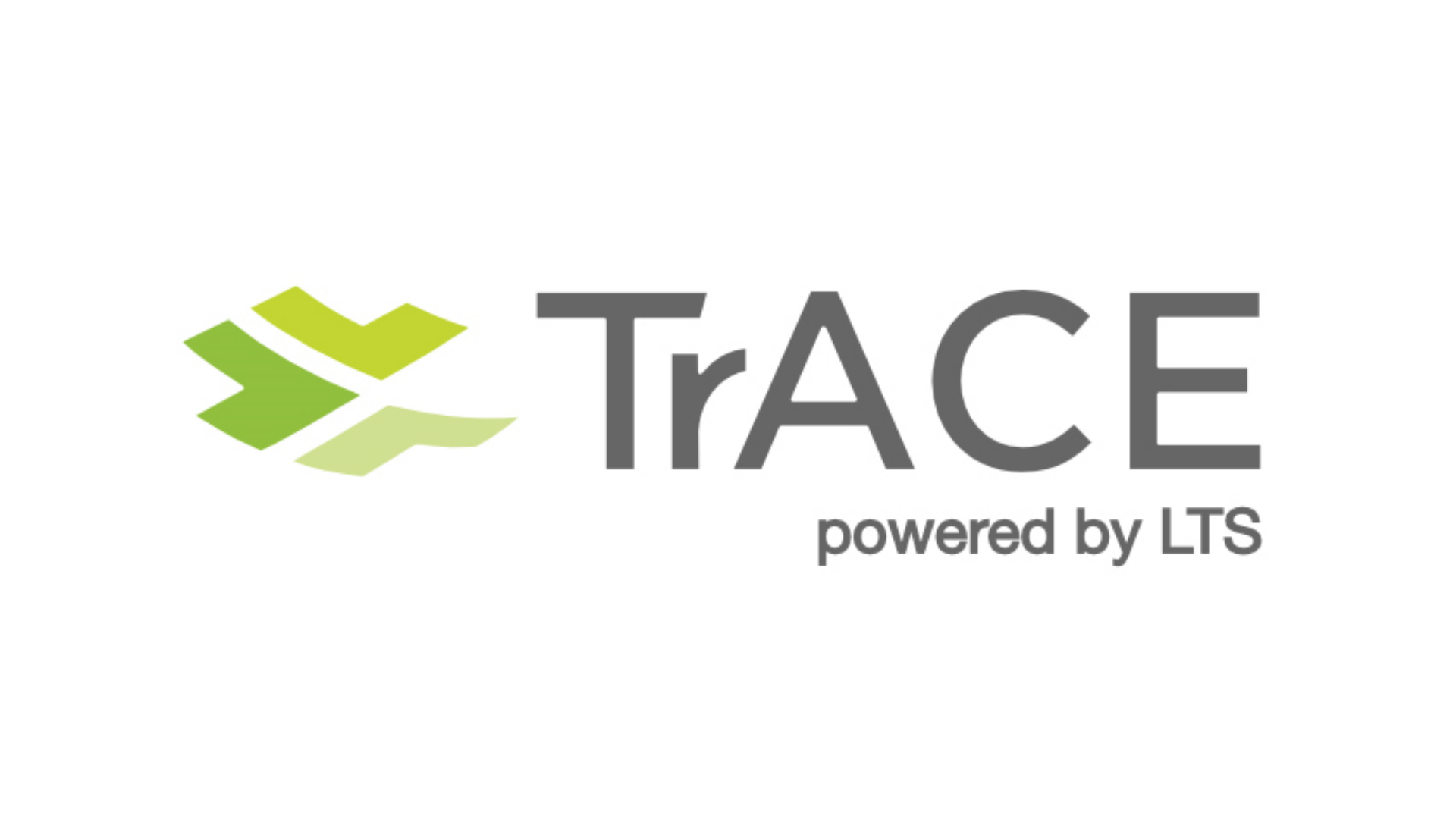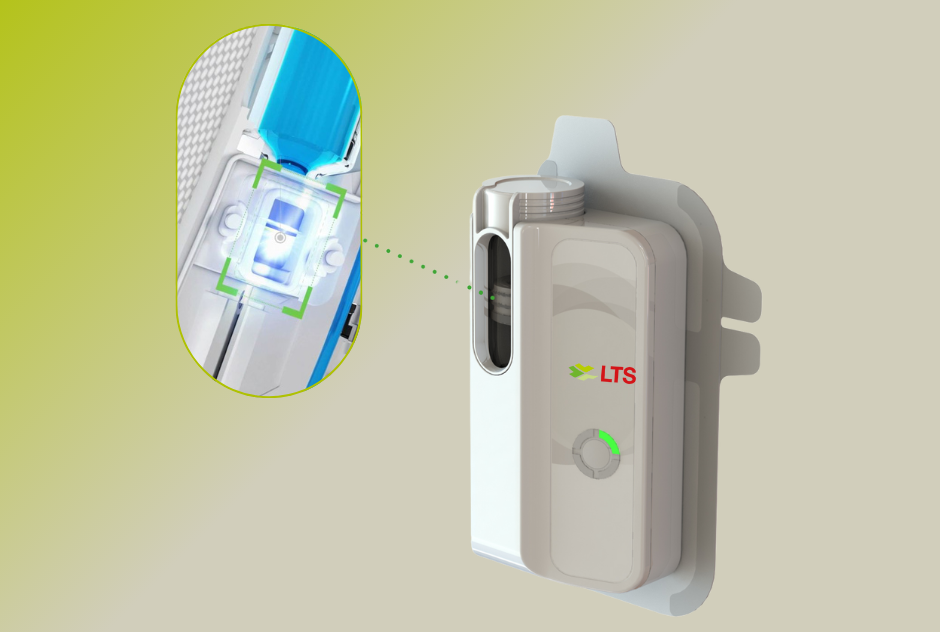
In vitro to in vivo: De-risking the critical path from laboratory to clinical trial for transdermal therapies
The skin has long generated interest for its potential as a route for therapeutic treatments. Evidence from thousands of years ago, for example, tells us that the Egyptians explored the topical use of creams and ointments for the treatment of skin conditions and for the systemic relief of pain *.
It has not been until comparatively recently that transdermal drug delivery has been truly thrust into the forefront of the pharmaceutical industry’s thinking. In recent decades, advances in the technology behind transdermal therapeutic systems (TTS) have opened the door to blockbuster treatments addressing a wide variety of patient needs including smoking cessation, pain management, Alzheimer and Parkinson’s disease as well as hormone replacement therapy.
Non-invasive and discreet, patches provide a convenient and effective alternative to oral or parenteral administration. They avoid the discomfort and anxiety associated with injections and eliminate problems for those with difficulty swallowing, while also capable of delivering a steady infusion-like release of a drug over long application intervals; helping reduce the risk of side effects.
With such a list of advantages, and an increasing number of TTS products in market, it is easy to see why transdermal delivery is gaining such momentum. However, it is also the case that some hurdles must be overcome for an active pharmaceutical ingredient (API) to successfully progress to commercialisation within a TTS, and arguably the most significant barrier of all is the stratum corneum.
This protective layer plays a critical role in the skin’s function as a natural defence against the body being infiltrated by harmful external elements. To produce their desired therapeutic effect, API molecules must therefore overcome the challenge of passing through the stratum corneum before achieving diffusion through the remaining epidermis and dermis and into the body’s cells.
Several prerequisite conditions must be fulfilled for this pharmacokinetic function to occur, and for any pharmaceutical company considering the potential of TTS for their API, there can be no guarantees that these conditions will be satisfied. This presents a real risk that development projects will be aborted after considerable time and costs have been invested in exploring the feasibility of an API in vitro in the laboratory and possibly in first clinical trials. This risk can be reduced, however, with a more thorough assessment of suitability at the earliest possible stage of the process, to either highlight the API’s incompatibility with TTS or, ideally, to provide robust data that will support further investigation or justify progression to clinical trial.
LTS, as the market leader in transdermal therapeutic systems, has focused significant energy on helping pharmaceutical partners fulfil the requirement for effective early-stage assessment of API suitability for transdermal delivery. The result of this effort is a proprietary software application – Transdermal API Candidate Evaluation (TrACE®) – which can be used at the beginning of a project to evaluate whether an API is suitable for transdermal administration.
The juncture between in vitro and in vivo is ‘TrACE-ivm’. On basis of in-vitro permeation and in-vitro dissolution data a plasma curve will be simulated based on a defined algorithm. The tool is comprised of two steps. The first involves an assessment of the API’s physico-chemical properties and some pharmacokinetic and pharmaco-dynamic parameters to generate a suitability score. This judgement is informed by more than three decades’ worth of data on TTS products, as well as the in-depth, in-house insight from LTS’ experience at the forefront of transdermal drug delivery technologies.
In the second step, the TrACE® software carries out simulation modelling to predict in vivo plasma profiles. This is based on the physico-chemical properties and pharmacokinetic and pharmaco-dynamic parameters of the API as per the previous step , cross-referencing those values with experimental data of the API containing TTS prototypes to assess whether candidate formulations align with expected blood plasma profiles.
To illustrate the results of TrACE® assessment, including the process of in vivo modelling (TrACE-ivm), we will now look at two case studies of how these steps were applied to the development of new TTS therapies. The first is based on an evaluation of asenapine via TTS as indicated for manic or mixed episodes associated with bi-polar disorder and schizophrenia in adults, which targets a combination of antagonist activity at D2 and 5-HT2A receptors.
In silico analysis of the API asenapine considers a broad range of relevant reference data points, including molecular weight, melting point and oral bioavailability as well as the dosing requirements. The software’s algorithm plots these parameters on a graph to show their compatibility for TTS delivery, providing a visual indication of any anomaly values of potential concern. The process also reveals an overall TrACE® score, translated into a red or green traffic-light value, which is accompanied by notation to highlight areas of concern and potential opportunities.
In this case, a positive ‘green light’ TrACE® score secured progress of the asenapine TTS feasibility which provide amongst others, in vitroflux data of screened prototype formulations based on human or animal skin models. The results of these Franz-cell type permeation studies graphically indicate the expected in vivo performance against the target flux rate over time. With evidence of permeation within the desired range, further animal preclinical studies were then conducted with the formulation prototypes to evaluate primarily tolerability of the TTS on the skin and to measure in vivo plasma levels over time.
From this point, the leading candidates were then selected for further in vitro studies. The resulting in vitro datasets including detailed information on the lead formulations were then taken as the basis for in silico TrACE-ivm modelling of plasma profiles, projecting the expected plasma level. Further simulation provided a prediction for multiple TTS applications over time.
The mean plasma profile achieved with the TTS candidate formulations could then be assessed against data for the reference product – Sycrest sublingual tablet – to provide a valuable comparison of achieved plasma levels over the prescribed 3.5-day application period. This gave a clear indication of the improved performance of the TTS in the context of prolonged delivery, with none of the spikes and troughs observed in the reference product., with peal-through fluctuations also available after multiple applications. Pharmacokinetic (PK) modelling was then used to project the plasma profile over time for multi-dose administration based on clinical data.
With indication of a strong fit, a decision could be confidently made to progress the lead candidate for clinical trial.
In a separate case, the modelling aspect of the TrACE process has been successfully used in the development of a generic TTS product, where the software was able to deliver robust data comparing prototype formulations against the Reference Listed Drug (RLD). While in vitro data for the generic TTS was available for this multi-day hormone treatment, there was a lack of in-vitro in-vivo correlation (IVIVC) data to indicate the expected absorption rate, which escalated the risks associated with proceeding to trial. This data gap could be filled, however, using the TrACE-ivm model.
As a first step, the diffusion coefficient of both the generic API and RLD were determined via in vitro dissolution over 24 hours. Alignment between the two resulting data curves provided evidence that the drug release pattern for the generic provided a good fit with the RLD.
In the next step, in vitro permeation studies were conducted over seven days using human skin models to determine the diffusion coefficient in the deeper skin layer and the permeation coefficient in the stratum corneum. This enabled data from formulation variants to be screened against the reference product with a view to achieving equivalence between the observed curves.
The next phase of testing employed data modelling within TrACE-ivm to simulate the in vivo plasma profile of the generic TTS and the RLD based on in vitro data. This calculation draws on a variety of parameters, incorporating validated datasets from published clinical literature, to provide an accurate projection of the expected concentration levels.
This modelling provided evidence of good correlation between the products at a simulated level, encouraging further comparison with the available clinical in vivo data from the RLD. Again, good correlation was found between the datasets, providing a strong justification for the decision to progress the generic TTS to clinical trial.
In both examples, the TrACE® concept fulfils a valuable function within a development process that is inherently exposed to risk. By enabling early evaluation of APIs for transdermal drug delivery, it can inform and enhance a potentially difficult and costly process through additional layers of evaluation data.
For future studies there will be no need to perform preclinical studies prior to the use of TrACE-ivm. The recommended methodology would consist of TrACE (in silico evaluation of API), then a feasibility study with the development of first prototypes. Next would come generation of in vitro data (skin flux and dissolution), TrACE-ivm and preclinical studies. Any adjust of formulation would take place at this stage before entering clinical trials.
Not every API will translate into a blockbuster TTS, but transdermal technologies represent significant potential for innovation in drug delivery. They facilitate the creation of effective, non-invasive treatments across a wide range of therapy areas, from CNS conditions to pain relief. With the combination of the data-driven approach of TrACE®, complemented by the market-leading expertise within LTS, pharmaceutical companies are provided with a platform that can empower them to make faster and more robust development decisions, helping transform an API with promise into an optimised formulation that is well-prepared for clinical trial.






